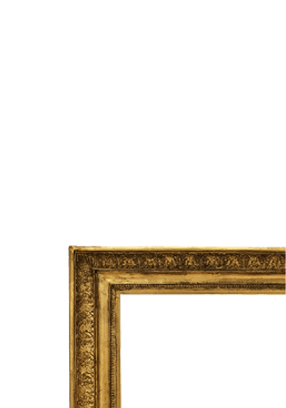Information For Artists
Info
Exhibit and Art Program Proposals
Got an idea for an exhibit-related program or educational opportunity, or are you an artist looking to exhibit, or would like to suggest a traveling exhibit for us to host, please review the information below.
- Exhibition Proposal Guidlines (submission format, contact information, etc.)
- Physical Statistics (floor plan)
Inspiration & Motivation
Looking for an extra push in the right direction? Even if you don’t consider yourself an artist, you’ll be surprised how much these words can apply to any passion, be it cooking, dancing, singing, writing, teaching—the list is endless.
Tagged with:
inspiration |
motivation |
proposals












